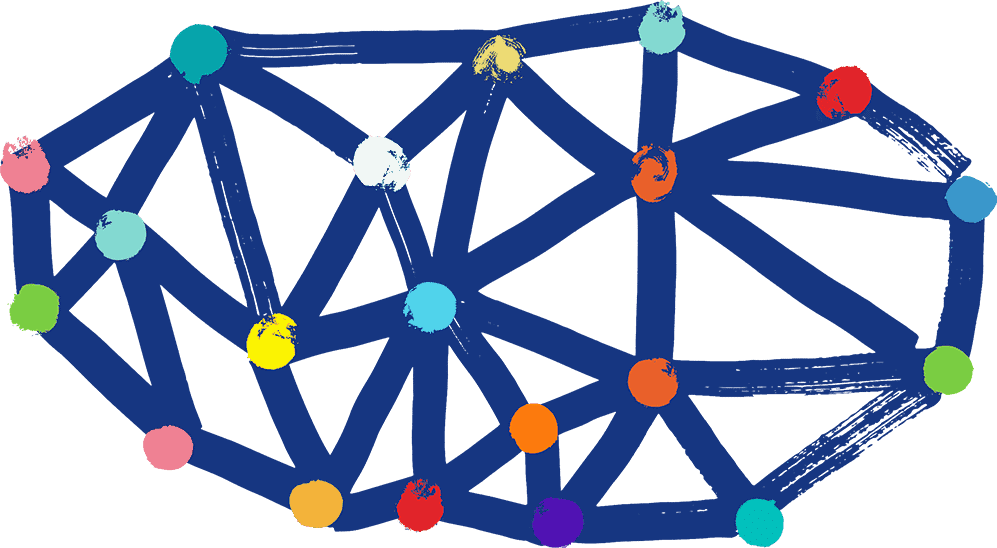Observability

IT service management (ITSM) and development operations (DevOps) teams use metrics, log files, and traces to determine how well systems are operating. In the event of a failure or slowdown, this information is correlated to enable fast troubleshooting and service restoration. Applications and the IT infrastructure need to provide metrics, create logs, and allow their operation to be traced or audited to be considered observable.
Why is Observability Important?
When software vendors and application developers deliver applications to IT teams for running in production, the three attributes of reliability, availability, and manageability are evaluated before being considered production-ready. Professional IT teams, either in-house or outsourced, are commonly asked by business teams to deliver a defined quality of service (QoS) defined in a service level agreement (SLA). This can include uptime, mean time to recovery (MTTR), and performance metrics. Failure to meet SLA objectives usually results in penalties. To enable the delivery of a high-quality service, IT teams insist on certain observability features so they can demonstrate their compliance with SLAs.
What Are The Three Pillars of Observability?
The observability of a system or application is often considered from the following perspectives:
Metrics
Performance management tools need metrics that show how well a system is running. These metrics or key performance indicators (KPIs) can include average response times, peak loads, requests served per second, CPU usage, memory consumption, error rates, and network latency. Application management tools such as those from Dynatrace and New Relic use artificial intelligence (AI) to learn what is considered normal running for an application by observing these metrics so they can recognize problems and alert operators before they impact users.
Logs
Log files journal normal operations such as applications starting and failures. Monitoring software such as Splunk and Sumo Logic monitor log files for exceptions so the appropriate teams can be alerted.
Tracing
Tracing provides detailed audit logs of the operation of an application or software system. Application developers, customer support, customers, and IT can set flags to control tracing detail levels and select which aspect of an app to trace. Verbose level tracing is usually a last resort to debug logic failures because it drastically impacts application performance.
What is the Difference Between Monitoring and Observability?
Monitoring shows how an application is running at any one time. Monitoring complements observability, which presents a correlated set of monitoring data, tracing data, and log data to operations to accelerate problem determination and resolution times.
Microservices and the Cloud
There was a time when an application was a monolith and easy to monitor. Today, applications are evolving to be more componentized and running in a hybrid, distributed mix of platforms that can be on-premises, in the cloud, or even serverless as microservices. Observability becomes even more important in such complex architectures, which means that a richer set of metrics and log events need to be captured and observed.
The following are examples of the kind of log events that application management requires:
- Total application requests provide an indication of the load and throughput of the application.
- The request duration for each microservice demonstrates the service time for the microservice.
- Microservice instances count is an indicator of how the application has scaled up or scaled out to meet demand.
- Container liveness and readiness help identify active, pre-spawned, and dead/zombie containers.
- Continuous integration/continuous delivery (CI/CD) pipeline metrics provide visibility into the number of changes and the frequency of updates to an application.
In cloud computing, the following are the four golden signals showing application and infrastructure health:
- Latency is used to measure network delays that can be mitigated using content delivery networks (CDNs) or multiple distributed instances.
- Traffic measures the number of network packets received by the application. Organizations need to ensure adequate network bandwidth is available to meet demand.
- Error rates demonstrate application failure and are a precursor to failures.
- Saturation provides visibility into servers becoming overwhelmed, allowing for proactive capacity planning.
Experience the Actian Data Platform
The Actian Data Platform provides a unified experience for ingesting, transforming, analyzing, and storing data. The Actian Data Platform is hybrid, meaning instances can be deployed on multiple public clouds and on-premises. The built-in data integration technology allows customers to load their data fast to get trusted insights quickly.
The Actian Data Platform provides ultra-fast query performance, even for complex workloads, without tuning. This is due to a highly scalable architecture that uses columnar storage with vector processing for unmatched parallelism for query processing. Sign up for your free 30-day trial here.
